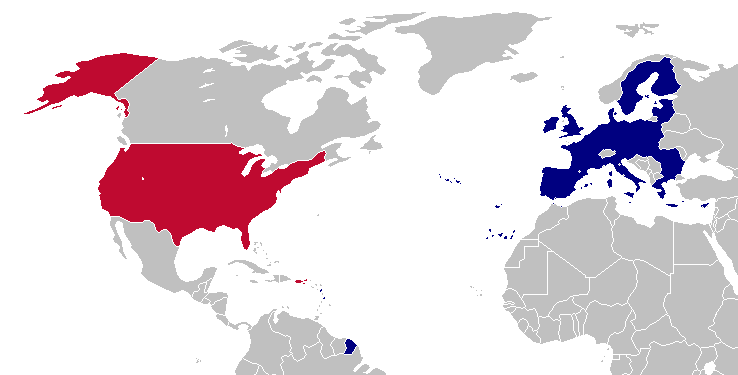

With my experience in repairing smartphones, I’ve found that those with curved edge displays are the most susceptible. I remember when the s7 edge launched, a ton of those phones got the green lines across the screen. So I’d imagine phones with folding screens are also more susceptible to this damage.
In the article, the two phones mentioned have either a curved edge or a folding screen. It seems that any curve or fold in the OLED display makes it easier to damage.











Yeah I agree with you there I’ve experienced the same, it’s almost always a Samsung with an OLED screen and curved edges, that gets dropped with a hard impact on one of the corners.